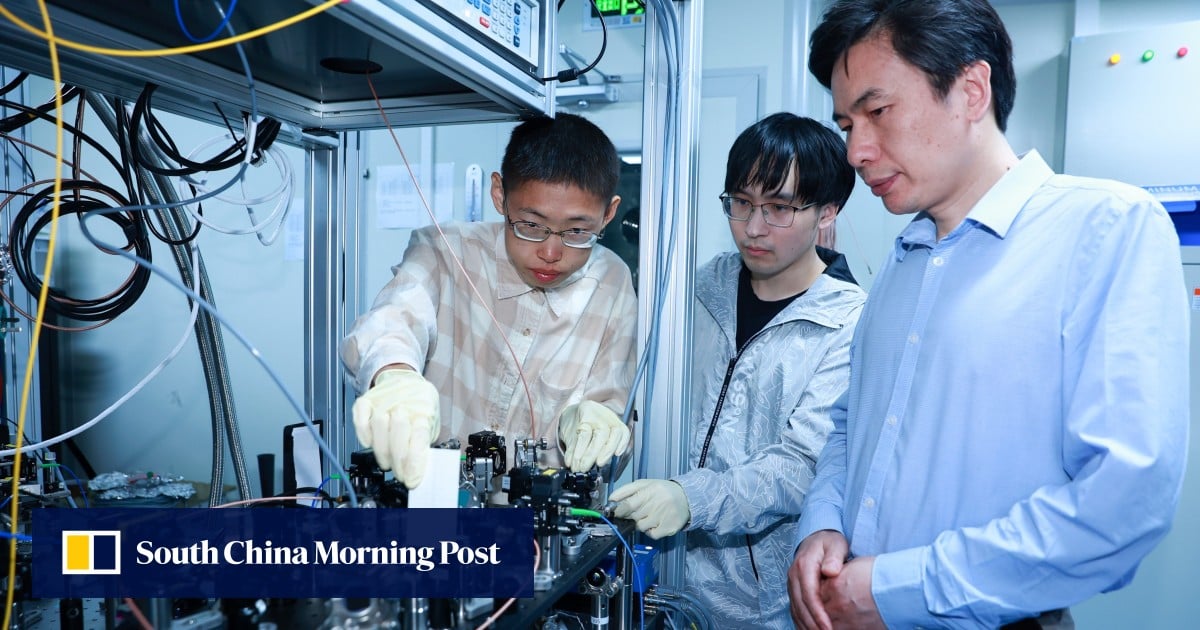World
US-returned Chinese physicist and team achieve world first in quantum computing

The breakthrough was achieved under the leadership of Duan Luming, a quantum physicist renowned for his pioneering research, who returned to China in 2018 after 15 years of teaching in the United States.
Duan received his doctorate in 1998 from the University of Science and Technology of China, the country’s premier institute for quantum research, before joining the University of Michigan in the early 2000s.
Since his return, he has been a full-time professor at Tsinghua University’s Institute for Interdisciplinary Information Sciences.
Duan and his colleagues, along with several research groups at universities and hi-tech companies around the world, have been chasing the trapped-ion approach to qubits.
Quantum bits, or qubits, are the building blocks of quantum computers, just as “bits” are in regular computers.
However, qubits are extremely difficult to harness in a controlled and repeatable way because of what is called their hazy nature.
Regular bits can be described as switches that are either on or off. But because uncertainty and probability hold sway in quantum physics, qubits can be both on and off at the same time, and also exist in a variety of in-between states.
Ions, or charged atomic particles, can be trapped and suspended in free space using electromagnetic fields. The qubits are stored in stable electronic states of each ion, and quantum information can be transferred through the collective motion of the ions in a shared trap.
But scalability remains a key challenge for this system.
This is where the trapped-ion approach comes in, as it offers one of the most promising architectures for a scalable, universal quantum computer.
Researchers earlier achieved quantum simulations with up to 61 ions in a one-dimensional crystal. Ion crystals are solids made up of ions bound together in a regular “lattice” – the symmetrical three-dimensional structural arrangements of atoms, ions or molecules inside a solid.
But Duan and his team’s quantum simulator was able to achieve the stable trapping and cooling of a two-dimensional crystal of up to 512 ions, in a first for science.
The feat holds great significance for the future of quantum computing, given that scalability is a major hurdle. The team’s scaling up of the ions in a stable simulation system is seen as likely to pave the way to building more powerful quantum computers.
The findings of their study were published on Wednesday in the peer-reviewed journal Nature.
This is “the largest quantum simulation or computation performed to date in a trapped-ion system”, commented one reviewer.
Quantum simulators are devices that actively use quantum effects to answer questions about model systems and, through them, real systems. They are increasingly popular tools in the world of quantum computing for their role in advancing scientific knowledge and developing technologies.
Duan and his team also managed to perform a quantum simulation calculation using 300-ion qubits. They found the computational complexity of 300-ion quantum bits working simultaneously to be astronomical, far exceeding the direct simulation capability of classical computers.










